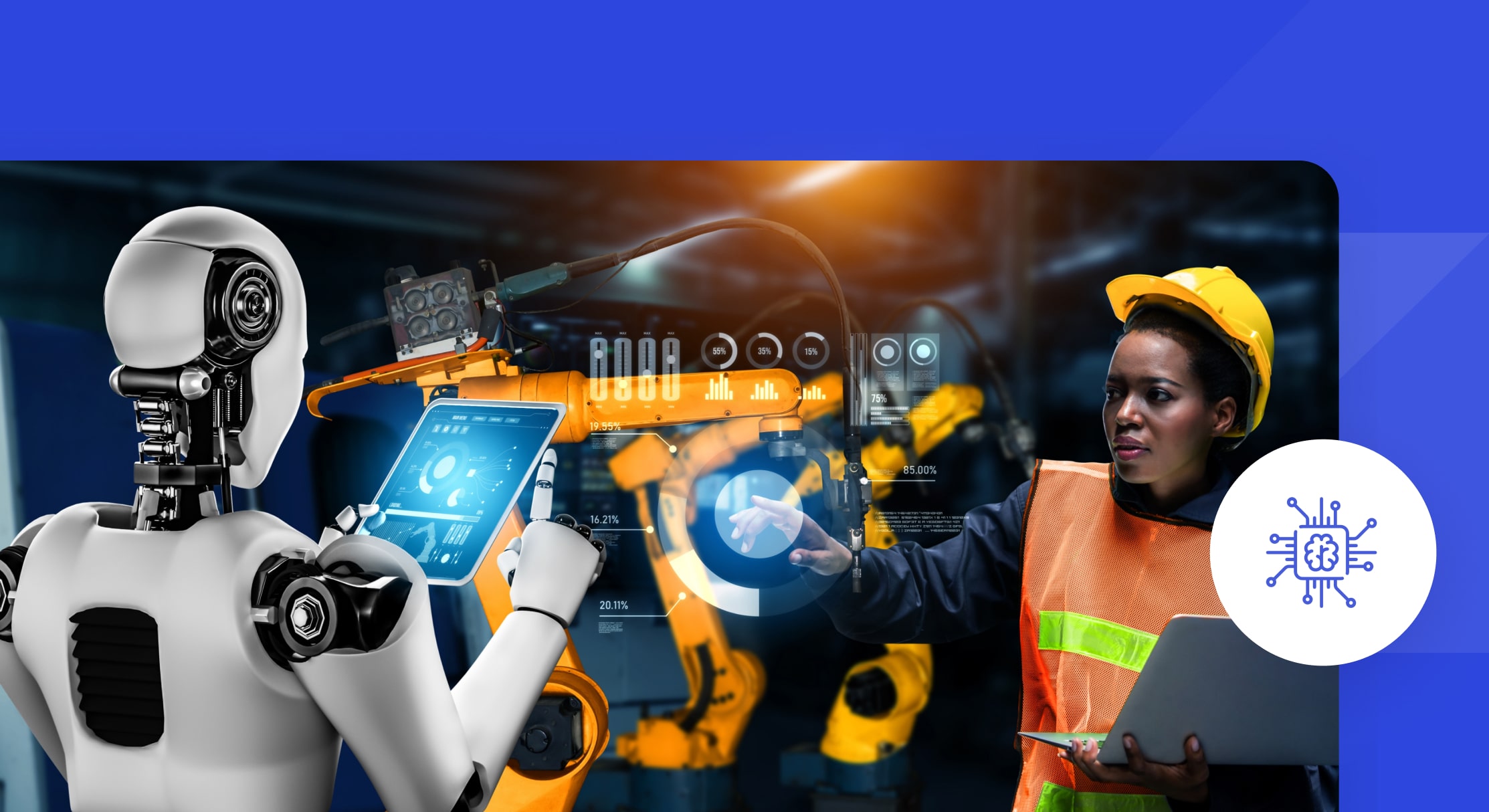

In modern industries, ensuring workplace safety remains a critical yet challenging task due to evolving hazards. Problems such as inadequate training, unmonitored exposure to hazardous materials, and delayed responses to emergencies often lead to accidents, productivity loss, and legal complications.
To combat these issues, innovative solutions like smart wearables, AI-powered hazard detection systems, and immersive VR training modules are reshaping safety protocols. These technologies enhance hazard awareness, provide real-time monitoring, and offer hands-on training, empowering businesses to prevent risks effectively while fostering safer and more efficient work environments.
The integration of advanced technologies is revolutionizing workplace safety, addressing traditional challenges with innovative solutions:
Addressing workplace hazards effectively is essential to ensure employee safety and productivity. Common potential hazards in workplaces include unsafe equipment, hazardous chemicals, and ergonomic issues, which can lead to workplace accidents or long-term health hazards.
Innovations like AI-powered risk assessment systems help identify what are the hazards in a workplace, enabling proactive measures to mitigate risks. In hazardous environments, wearable technologies monitor workers’ health and alert them to potential dangers. Additionally, predictive maintenance powered by IoT prevents accidents by addressing machinery faults before they escalate, reducing risks for workers at risk.
Advancements in Personal Protective Equipment (PPE) have led to the integration of wearable devices, enhancing worker safety through real-time monitoring and data collection.
Workplace safety has evolved significantly with the introduction of advanced safety protocols and innovative safety measures. Today, companies are adopting safe work practices that ensure the protection of their employees in various environments.
Effective safety training is crucial for fostering a robust safety culture within organizations. Innovative approaches, such as augmented reality (AR) for training, have revolutionized traditional methods by providing immersive, interactive learning experiences. This technology enables employees to engage in realistic simulations of hazardous scenarios, enhancing their preparedness and response capabilities.
Cultivating a strong safety culture involves embedding safety as a core value throughout the organization. This commitment is reflected in shared beliefs, attitudes, and behaviors that prioritize safety in all aspects of work
Consistent and clear safety messages are vital in reinforcing safety priorities and ensuring that all team members are aligned with the organization's safety objectives. By integrating these elements, organizations can enhance their safety protocols and create a more secure work environment.
Workplace safety innovations are tailored to meet the unique challenges of various industries, enhancing protection and efficiency.
In the construction sector, integrating technologies like augmented reality (AR) and virtual reality (VR) has transformed safety training. These tools provide immersive simulations, allowing workers to experience and respond to hazardous scenarios in a controlled environment, thereby improving preparedness and reducing on-site accidents
Additionally, wearable devices equipped with sensors monitor workers' vital signs and environmental conditions, alerting them to potential dangers such as heat stress or equipment malfunctions. This real-time data collection enhances situational awareness and enables prompt interventions.
In manufacturing, the adoption of artificial intelligence (AI) and robotics has significantly improved safety standards. AI-powered systems analyze data to predict and prevent potential hazards, while collaborative robots (cobots) perform tasks alongside human workers, reducing the risk of injuries from repetitive motions and heavy lifting
Moreover, condition-based monitoring systems use sensors to detect equipment anomalies, allowing for timely maintenance and preventing accidents caused by machinery failures.
Implementing data-driven strategies is essential for enhancing workplace safety and achieving improved safety outcomes. By leveraging real-time data and comprehensive safety data, organizations can proactively identify and mitigate potential hazards, thereby reducing the risk of accidents.
Utilizing real-time data enables immediate risk assessment, allowing for prompt interventions to prevent incidents. For instance, wearable devices equipped with sensors monitor workers' vital signs and environmental conditions, alerting them to potential dangers such as heat stress or equipment malfunctions. This real-time data collection enhances situational awareness and enables prompt interventions.
Implementing predictive analytics involves analyzing historical and real-time data to forecast potential safety issues. By identifying patterns and trends, organizations can implement preventive measures before incidents occur. For example, a leading construction company utilized data analytics to uncover patterns linking specific job sites with higher accident rates, enabling targeted interventions.
Establishing and monitoring KPIs related to safety performance, such as frequency and severity metrics, allows organizations to track progress and identify areas for improvement. Regular analysis of these metrics supports continuous enhancement of safety protocols and practices.
Advancements in technology have led to the development of specialized apps for workplace safety, enhancing real-time monitoring and proactive hazard management.
The future of workplace safety is being shaped by technological advancements and innovative strategies aimed at enhancing worker well-being and operational efficiency.
Emerging trends include the integration of artificial intelligence (AI) and machine learning to predict and prevent potential hazards. AI-powered systems analyze data to identify unsafe patterns, enabling proactive interventions
Advancements such as wearable devices and exoskeletons are revolutionizing safety protocols. Wearables monitor vital signs and environmental conditions, alerting workers to potential dangers, while exoskeletons assist in reducing physical strain and preventing injuries.
While these innovations offer significant benefits, they also present challenges, including the need for substantial investment and potential resistance to change. However, they also provide opportunities to create safer, more efficient work environments and to engage employees in safety initiatives
Implementing creative safety concepts, such as interactive training programs and gamified safety initiatives, can enhance engagement and reinforce safety messages effectively

This website stores data such as cookies to enable site functionality including analytics and personalization. By using this website, you automatically accept that we use cookies.